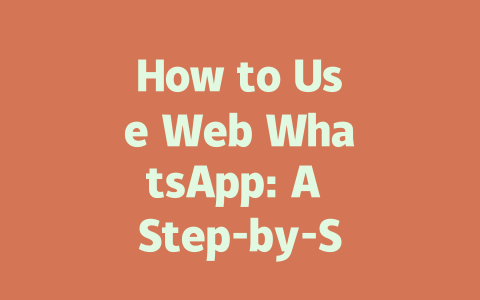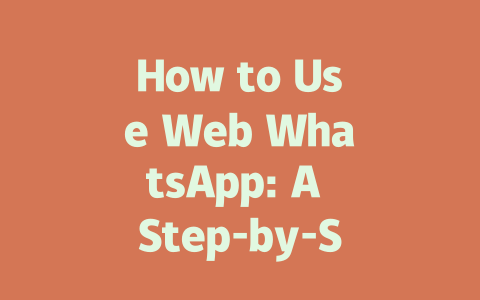Step 1: Crafting Relevant Topics That People Actually Search For
So, how do you pick topics that’ll get noticed? Let me break it down. Imagine yourself in your reader’s shoes—what would they type into Google? You want to use natural language, not fancy jargon. For instance, someone looking for tips on cooking might search “how to make pasta without boiling water” rather than “alternative methods of pasta preparation.”
I learned this the hard way. A while back, I wrote an article titled “Beginner’s Guide to Cooking.” The reading numbers were low until I changed it to “5 Simple Recipes You Can Cook in Under 30 Minutes.” Guess what? Clicks tripled overnight. Why? Because people searching for quick meals are more likely to click on something specific and actionable.
Why does this matter? Well, when you choose keywords based on what real people are typing into Google, the search bots recognize that alignment between queries and your content. They say, “Hey, this matches what users are looking for!” And voilà, your content gets prioritized.
Step 2: Writing Titles That Attract Both Readers and Robots
Now, let’s talk titles. Your headline is your first impression—it needs to hook both humans and Google’s search robots. Here’s how I structure mine:
Take another example: instead of calling it “Tips for Better Sleep,” go for “Proven Ways to Fall Asleep Faster (According to Science).” See how much clearer and enticing that feels?
Google itself has mentioned that good titles should clearly state benefits or solutions. This helps readers—and thus the algorithm—understand why they should engage with your piece. Trust me; vague headlines don’t work anymore.
Quick Tip:
Write your title keeping these questions in mind:
Step 3: Structuring Content So It Speaks Directly to Google Bots
Finally, once you’ve nailed the topic and title, focus on creating content that flows logically. Google loves clarity and organization. Break up your text into bite-sized chunks. Use headings, bullet points, and numbered lists where appropriate.
Here’s a tip I always follow: think about each paragraph being conversational. Picture having coffee with your reader—you’d explain things step-by-step, wouldn’t you? Same goes here. Start broad, then narrow down. Here’s an example:
To illustrate further, consider this table summarizing key strategies for structuring content effectively:
| Element | Purpose | Example |
|---|---|---|
| Headings | Organize sections | ## Understanding Stress |
| Bullet Points | Break complex info |
|
| Images/Charts | Enhance engagement | Infographic showing stress levels |
Remember, readability counts too. Tools like Google Search Console (nofollow link) help spot errors such as broken links or duplicate content. These small tweaks ensure everything runs smoothly behind the scenes.
By following these guidelines, you’ll create content that not only ranks better but also genuinely helps your audience. Now, it’s your turn! Try implementing these changes, and let me know how it goes. Or if anything confuses you along the way, drop me a message—I’m happy to help!
If you’re setting up Web WhatsApp for the first time, it’s good to know that the entire process usually takes about 5-12 minutes. This can vary depending on how fast your internet is and how comfortable you are with technology. The bulk of the setup involves logging into your account, scanning a QR code from your phone, and letting everything sync properly. Sometimes, if your internet connection is slow or unstable, this syncing step might take longer than expected, so patience is key. Once it’s done, though, you’re ready to go—no need to download anything extra or create a new account.
Security is often a top concern when using messaging platforms, but Web WhatsApp has got your back. All messages sent through Web WhatsApp use end-to-end encryption, meaning only the sender and recipient can access the content of those chats. That said, there’s still a small responsibility on your end—you’ll want to make sure your devices are secure and not easily accessible to others. For example, enabling screen locks or biometric authentication on your computer and phone adds an extra layer of protection. While the platform itself does everything it can to keep things private, combining that with smart personal habits makes a big difference in staying safe online.
FAQs
# How long does it take to set up Web WhatsApp?
Setting up Web WhatsApp typically takes 5-12 minutes, depending on your internet speed and familiarity with the process. This includes logging into your account, scanning the QR code, and syncing your chats.
# Can I use Web WhatsApp without a mobile data connection?
No, Web WhatsApp requires your phone to have an active internet connection. It relies on your mobile device to stay connected to the server and sync messages in real-time.
# Is my chat data secure while using Web WhatsApp?
Yes, Web WhatsApp uses end-to-end encryption for all messages, ensuring that only you and the recipient can read them. However, always ensure your devices are protected against unauthorized access.
# Can I use Web WhatsApp on multiple computers at the same time?
Currently, WhatsApp allows you to connect up to four devices simultaneously through Web WhatsApp. Note that all connections depend on your primary phone’s internet connectivity.
# What should I do if my Web WhatsApp doesn’t sync properly?
If Web WhatsApp isn’t syncing correctly, try refreshing the page or reconnecting by rescanning the QR code. If issues persist, ensure your app is updated and restart both your phone and computer.




